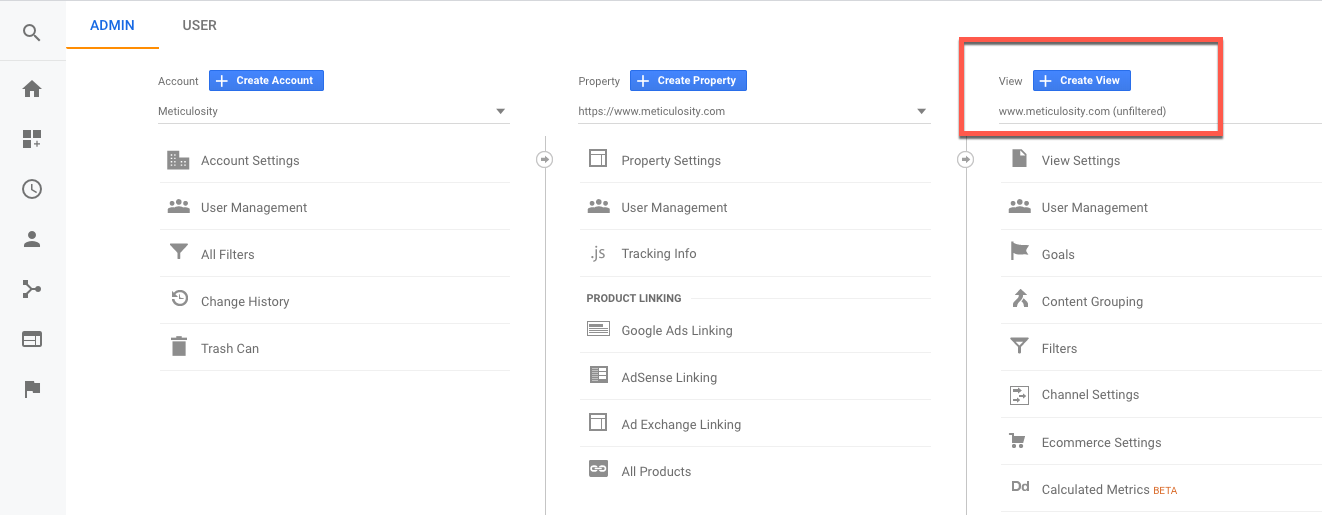About In Which Order Does Google Analytics Filter Data
Table of ContentsIn Which Order Does Google Analytics Filter Data Can Be Fun For EveryoneThe Ultimate Guide To In Which Order Does Google Analytics Filter DataTop Guidelines Of In Which Order Does Google Analytics Filter DataHow In Which Order Does Google Analytics Filter Data can Save You Time, Stress, and Money.A Biased View of In Which Order Does Google Analytics Filter DataFacts About In Which Order Does Google Analytics Filter Data Revealed
io" is the web site as well as if I go to the homepage as well as click a few other web pages like signup web page, it shows me in the real-time report popping-up as how we set up in the filters. This page is the of web site and you can see the sub-domain highlighted as.
Similar to the previous procedure, we need to develop a brand-new filter as stated in the last actions - In Which Order Does Google Analytics Filter Data. in this new filter, I'm calling it as and also I'm selecting After that I'm keying the filter pattern as In this filter pattern, the pipe sign () is included to connect any kind of various other hostname that you desire to consist of in addition to the various other hostnames
Little Known Questions About In Which Order Does Google Analytics Filter Data.
This is just how you can go inspect your site and resurgence view in real-time reports. The real-time record now reveals the changes that you made when producing that filter. In this case, the Broken web page clarifies regarding URL of the web page i. e when the Page link being repeated the exact same, excluding reduce or any type of minute aspects.
Now produce a brand-new filter and also I call it as. Select and also choose the filter areas.

The Ultimate Guide To In Which Order Does Google Analytics Filter Data
The following guidelines will stroll you via the procedure: Produce a new Google Spreadsheet (or open up an existing one). From the add-on description page, click the "+" in the top right corner to add this add-on to your spread sheet.
Reports can be produced manually or with the help of the add-on's report development device. To make use of the device, pick "Attachments" > "Google Analytics" > "Develop a New Report" from the food selection bar.
The device is meant to help obtain you began as well as offer you with the YOURURL.com information you might not know off the top of your head. The rest of the areas will require to be gotten in by you.
3 Simple Techniques For In Which Order Does Google Analytics Filter Data
It can be a sheet in the spread sheet you're presently in, or a different spread sheet altogether (as long as you have modify access to that spreadsheet). To publish the outcomes to a different spread sheet duplicate the spread sheet URL and also paste it right into the cell to the right of the "spreadsheet-url" specification.
This opens up a record organizing dialog where you can turn scheduling on and also off, and also set exactly how often your record will certainly run. To turn scheduling on, check package identified "Enable records to run instantly." Once scheduling is allowed you can utilize the pick dropdown to control the time and frequency.
When scheduling reports, make certain there is plenty of time in between when you create the schedule and also when the schedule is intended to run. Call Description This is the report name. It will certainly likewise be the name of the sheet where the report data is created.
The following expression returns the last day of the previous month: =EOMONTH(TODAY(), -1) The end day for fetching Analytics data. Demands can define an end day formatted as YYYY-MM-DD, or as a family member day (e. g., today, yesterday, or Ndays, Ago where N is a positive integer). You can likewise use Sheets day functions to specify this worth programmatically.
Metrics can be defined in one of 2 formats: For example, all of the complying with are legitimate values for the Metrics specification - In Which Order Does Google Analytics Filter Data. For many use cases, a checklist of metric IDs is the easiest way to specify the Metrics criterion.
8 Simple Techniques For In Which Order Does Google Analytics Filter Data
The full list of measurements and Discover More also metrics and their legitimate combinations is available making use of the Capacities and Metrics Traveler. Name Summary A listing of dimensions to query. Measurements can be specified in one of 2 styles: As an example, every one of the complying with stand values for the Metrics parameter. ga: source, ga: device, Classification ga: source ga: tool, Classification pop over to these guys ["name": "ga: source", "name": "ga: tool, Classification"] For a lot of use situations, a checklist of measurement IDs is the easiest means to specify the Dimensions criterion.